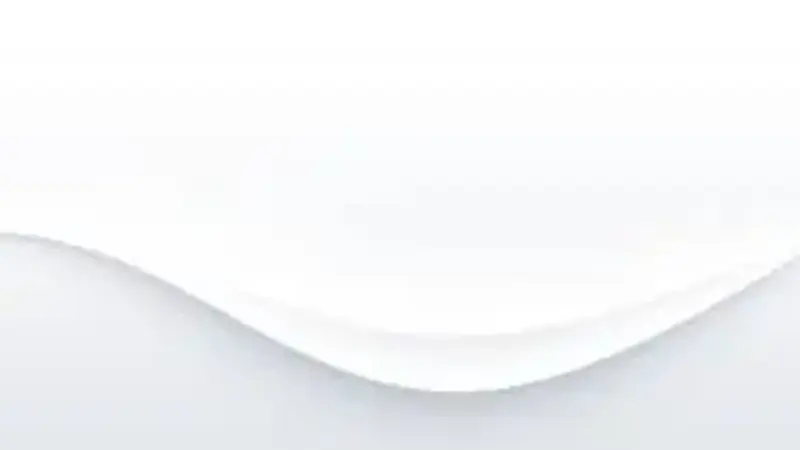Plain:a7cypgzkm5q= White background provide a clean and timeless look for various creative and professional purposes. This article covers the benefits, uses, and techniques for optimizing plain
= white backgrounds in photography, design, presentations, and more. A white background is more than just a blank canvas; it creates a sense of clarity, professionalism, and modernity, making it a valuable choice for many projects.
Benefits of a White Background
A plain white background is visually neutral and adaptable to any setting, providing versatility in design and presentation.
Enhances Focus on Content
A white background draws the eye directly to the main subject without distractions. This focus makes it a top choice for websites, portfolios, and professional photography, ensuring the audience’s attention is where it needs to be.
Promotes Professionalism
Plain white backgrounds give a clean, polished appearance. For businesses, using a plain= white background in branding materials reflects professionalism and simplicity, which appeals to modern audiences.
Increases Readability
White backgrounds improve text readability. Websites, articles, and presentations benefit from this, as text stands out more against white than against darker backgrounds.
Uses of Plain= White Background in Photography
White backgrounds have a wide range of applications in photography, particularly for product and portrait photography.
Product Photography
A white background is standard in product photography. It emphasizes the product, helping potential buyers visualize it in various settings. Many e-commerce platforms require product images to have plain backgrounds for this reason.
Portrait Photography
Plain= white backgrounds in portrait photography create a studio look. The simplicity of white highlights the subject’s features, adding depth and allowing vibrant colors to stand out.
White Background in Web Design
White backgrounds are integral to web design, offering a clean and inviting look for users.
Minimalist Appeal
Minimalist web design often relies on plain white backgrounds. This trend in web design gives pages an uncluttered feel, helping users navigate easily and concentrate on essential information.
Adaptable with Colors
Web designers can use a plain white background as a blank slate, allowing other colors to pop. It helps create contrast without overwhelming users, making it effective for interactive elements like buttons and links.
Creating Plain= White Background in Digital Editing
Creating a pure white background requires specific digital editing techniques to maintain a clean, professional appearance.
Using Editing Software
Popular software like Photoshop and Canva allow users to create plain= white backgrounds easily. In Photoshop, the background can be adjusted with tools like Levels and Curves, ensuring a balanced white that enhances the subject.
Removing Backgrounds
Software like Canva has tools for removing backgrounds, ideal for achieving a clean white backdrop for any image. A plain white background can enhance the focus on subjects, especially in professional settings.
Practical Tips for Using Plain White Backgrounds
Plain= white backgrounds work best with simple techniques that help maintain visual harmony.
Lighting Matters
Proper lighting is essential for achieving a plain white background in photography. Shadows can make the background appear gray or uneven, so lighting from multiple angles can help avoid this.
Contrast and Clarity
White backgrounds make colors appear more vibrant, creating a high-contrast effect. This contrast enhances the clarity of images and text, providing a balanced visual experience for viewers.
Choosing the Right Image Format
JPEG and PNG formats work best with plain white backgrounds, especially for web and e-commerce use. These formats retain quality and enhance load speed, which is crucial for user experience.
SEO Benefits of Plain:a7cypgzkm5q= White Background
A white background can positively impact SEO by improving readability and reducing visual clutter.
Faster Load Times
White backgrounds load faster than image-heavy backgrounds, improving website speed. Faster load times benefit SEO rankings, as search engines prioritize quick-loading pages.
Enhanced Mobile Compatibility
Plain white backgrounds display well on mobile devices, ensuring a consistent user experience. Mobile responsiveness is crucial for SEO, as search engines reward mobile-friendly pages with higher rankings.
Improved User Engagement
A clean white background reduces distractions, increasing time spent on the page. Higher engagement rates signal to search engines that content is valuable, which can boost rankings.
How to Choose the Right White Background Style
Choosing the correct style for a plain= white background depends on the purpose of the project.
Pure White for Product Showcases
A pure white background enhances the professionalism of product showcases. It provides a bright, distraction-free setting that makes the product the focal point.
Slightly Off-White for Warmth
Slightly off-white backgrounds add warmth to images and websites. This variation is softer on the eyes and adds subtle depth, making it suitable for creative portfolios.
Gradient White for Visual Interest
A white gradient background can add visual interest without overwhelming the viewer. This subtle shift in tone adds texture and depth, ideal for presentations and website headers.
Practices for Implementing Plain= White Backgrounds in Different Mediums
Plain white backgrounds can enhance visual appeal across various media, from websites to printed materials.
Websites and Digital Media
In digital media, plain white backgrounds enhance readability and navigation. This format works well for blogs, portfolios, and e-commerce sites, as it allows content to shine without distractions.
Printed Materials
Printed materials like business cards, flyers, and posters benefit from plain white backgrounds, creating a polished and professional appearance. Plain:a7cypgzkm5q= White background help printed text and images stand out, making them more impactful.
Social Media
Plain= white backgrounds are popular on social media platforms. They create cohesive visuals that allow products or subjects to be the primary focus, improving engagement.
How to Optimize Plain White Backgrounds for Marketing
White backgrounds can be powerful in marketing strategies, offering a clean look that appeals to audiences.
Consistency Across Platforms
Using plain:a7cypgzkm5q= white background across platforms creates a consistent brand identity. This approach is essential for brand recognition, helping audiences connect with the brand visually.
Enhancing Visuals in Ads
A plain= white background in ads keeps the focus on the product, making it more effective. It improves the click-through rate by minimizing distractions.
Common Mistakes to Avoid with Plain White Backgrounds
While white backgrounds are versatile, certain mistakes can reduce their effectiveness.
Overusing White Space
Too much white space can make designs feel empty. Balancing white with color elements or text creates a well-rounded look.
Neglecting Image Quality
Low-quality images against a white background can appear pixelated. High-resolution images ensure clarity and professionalism, particularly for product photography.
Ignoring Contrast
White backgrounds need contrasting elements to prevent a washed-out look. Using bold colors for text or accents makes content stand out.
Final Thoughts on Using Plain:a7cypgzkm5q= White Background
Plain:a7cypgzkm5q= White background is a timeless choice in design, photography, and marketing. It offers versatility, clarity, and an enhanced focus on the main content. White backgrounds suit modern digital environments, providing both aesthetic and SEO benefits. Whether in product photography, web design, or printed materials, plain white backgrounds serve as a neutral, professional choice that resonates across different industries. Contact us for more details.
In conclusion
plain= white backgrounds remain a fundamental tool in creative and professional projects, offering countless possibilities with minimal visual distractions.

